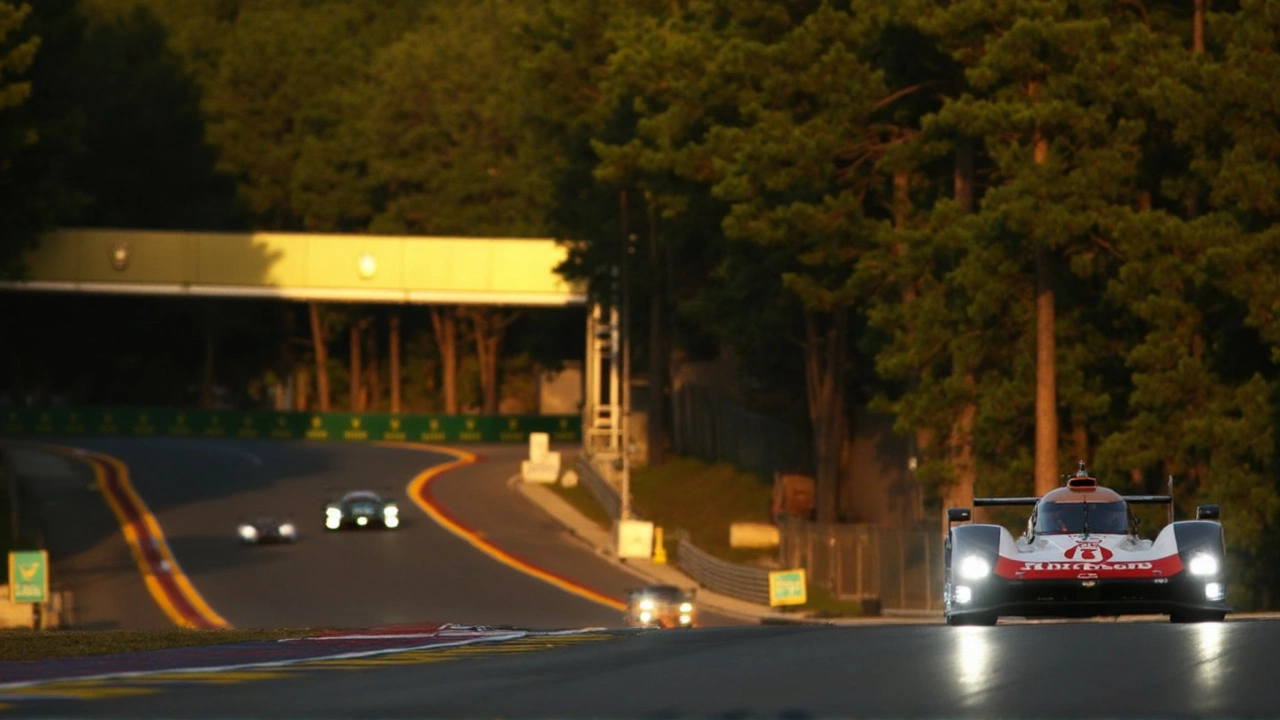Hyundai Gears Up for Le Mans by Starting in LMP2
Hyundai is about to shake things up at Le Mans. You'd expect a brand like Hyundai, which is more familiar with the dirt tracks of rally and the tight corners of touring car championships, to approach endurance racing slowly. Instead, they're heading right for the pressure cooker, starting their path to the Hyundai Hypercar debut in 2026 by entering the LMP2 class for 2025 under the Genesis Magma Racing banner.
This isn't your average rookie move. Rather than just turning up with a shiny new car, Genesis Magma Racing is embedding itself inside an existing, well-oiled operation: IDEC Sport. It's a bit like trying out the kitchen before opening the restaurant—you get a feel for the flavor before the grand opening. Personnel from Hyundai Motorsport will work hand-in-hand with IDEC Sport, soaking up everything from race protocols to how to handle a mid-night refuel under Le Mans’ relentless clock.
So why LMP2? Cyril Abiteboul, who heads up the team, was clear. Jumping straight into Hypercar—the big leagues—without prior experience would have been a gamble. The demands of a 24-hour race are unlike anything Hyundai’s racing staff and drivers have done before. This campaign is all about practical learning. Hyundai wants their GMR-001 and the whole Genesis Magma Racing team to face as few surprises as possible when they join the Hypercar grid.
The LMP2 project is officially called the "Trajectory Program." Catchy name aside, it’s all about making sure nothing about Le Mans is left to chance. What does that look like on the ground? Hyundai folks will get their hands dirty learning pit strategy, how to keep drivers sharp over torturous stints, as well as the obscure art of fuel management that can make or break a team’s race. They’ll also face the unpredictability of overnight weather changes and split-second decisions made in the chaos of a 60-car grid. Every skill gained in 2025 feeds directly into the following year, when the GMR-001 prototype is due to hit the world stage.
Hyundai's background is almost all in short, intense thrill rides—rally and touring car events that favor sprints over endurance. At Le Mans, the team will need to throw out everything they know about racing in favor of teamwork, patience, and reliability. Genesis Magma Racing’s tie-up with IDEC Sport means they don’t have to tackle that learning curve alone. They'll get a firsthand look at IDEC’s logistics, engineering workflows, and in-race decision-making, helping them to build those crucial endurance 'muscles' ahead of the Hypercar reset button in 2026.

Setting the Stage for the GMR-001 Hypercar
This calculated approach tells you something about Hyundai's mind-set: they’re not racing just to make up the numbers. They want to arrive with a real shot at the podium. By the time the GMR-001 prototype takes its first competitive laps, the team will have had a hard-earned year of LMP2 racing under its belt—on the same tracks, with the same rules, against many of the same rivals they’ll face in the Hypercar class.
This strategy isn't just about the drivers, either. Ask anyone at Le Mans and they'll tell you the real test is as much about the team’s ability to adapt under pressure as it is about raw speed on the track. For Genesis Magma Racing, adapting fast is the only way to hope for success when the stakes are at their highest. The partnership with IDEC Sport helps bridge the experience gap and gives the whole outfit a running start, rather than having to play catch-up when it counts most.
In a world where most new teams would take years to build toward a big Le Mans debut, Hyundai’s all-in approach stands out. If it works, they could rewrite the script for how manufacturers break into endurance racing’s top class. For now, all eyes are on their first LMP2 campaign—and the lessons that will shape their bold Hypercar adventure.




